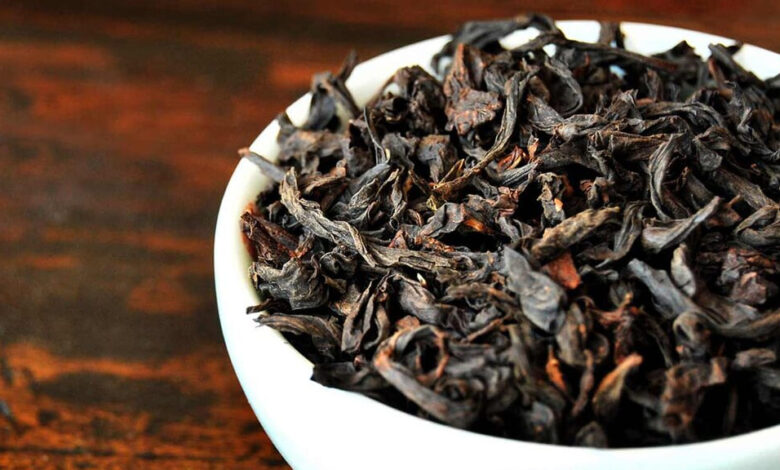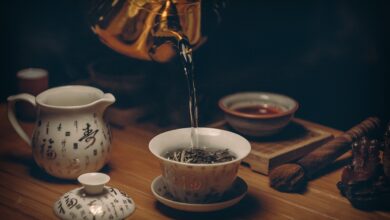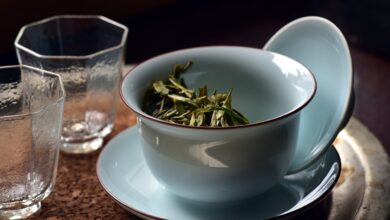
Tea, a beverage steeped in history and culture, is enjoyed by millions worldwide. While most teas are affordable, there exists a rarefied category of teas that command astronomical prices, sought after by connoisseurs and collectors alike. This article delves into the world of the most expensive tea, exploring its origins, production methods, unique qualities, and the reasons behind its high cost.
The Art of Tea
Tea is made from the leaves of the Camellia sinensis plant, with the processing methods and growing conditions greatly influencing its flavor and quality. While common varieties like green, black, and oolong tea are widely available, certain rare teas stand out for their exceptional quality and rarity.
The Concept of Rarity
Rarity plays a significant role in the value of luxury teas. Factors such as unique terroir, labor-intensive harvesting methods, and limited production runs contribute to the high cost of these exclusive teas. Collectors and tea aficionados often seek out these rare teas for their unique flavors and prestigious reputation.
The World’s Most Expensive Tea: Da Hong Pao
Origins and History
Da Hong Pao, often considered the world’s most expensive tea, originates from the Wuyi Mountains in Fujian Province, China. This legendary tea belongs to the oolong category and has a storied history dating back to the Ming Dynasty. According to legend, Da Hong Pao (which means “Big Red Robe”) was used to cure the ailing mother of a Ming Dynasty emperor, who subsequently ordered the tea plants to be cloaked in red robes as a sign of gratitude.
Unique Growing Conditions
The Wuyi Mountains provide the perfect environment for growing Da Hong Pao. The region’s mineral-rich soil, high humidity, and misty climate contribute to the tea’s distinctive flavor profile. The original Da Hong Pao plants, known as the “mother trees,” are ancient and extremely rare, adding to the tea’s mystique and value.
Labor-Intensive Harvesting and Production
Producing Da Hong Pao is a meticulous and labor-intensive process. The leaves are hand-picked from steep cliff faces, requiring skill and precision. After harvesting, the leaves undergo a complex series of steps including withering, oxidizing, rolling, and roasting. Each step is carefully controlled to ensure the tea develops its characteristic rich, full-bodied flavor with floral and fruity undertones.
Limited Production and Availability
The scarcity of Da Hong Pao is a significant factor in its high cost. The original mother trees produce only a small quantity of leaves each year. While there are now clones and other bushes grown from cuttings, the authentic Da Hong Pao from the original trees remains extremely rare and valuable. Auctions of this tea have seen prices soar to tens of thousands of dollars per kilogram.
Other Notable Expensive Teas
Panda Dung Tea
Panda Dung Tea is another highly expensive tea, primarily due to its unique fertilization method. Grown in the Ya’an region of Sichuan Province, China, the tea plants are fertilized using panda dung. Pandas have a very inefficient digestive system, so their dung is rich in nutrients. This organic fertilizer is believed to enhance the flavor and health benefits of the tea. The novelty and labor-intensive production contribute to its high price.
Tieguanyin (Iron Goddess of Mercy)
Tieguanyin, a premium oolong tea from the Anxi region of Fujian Province, China, is another costly variety. The finest Tieguanyin teas are harvested from the highest-quality plants and undergo a rigorous production process. The tea is named after the Buddhist deity Guanyin, and its complex flavor profile, with notes of orchid and a sweet, lingering aftertaste, makes it highly sought after.
Gyokuro
Gyokuro, one of Japan’s most prestigious green teas, is known for its unique shading process. The tea bushes are covered for several weeks before harvesting, which increases chlorophyll production and results in a rich, umami flavor. Gyokuro’s delicate taste and intricate production method make it one of the most expensive teas in Japan.
Why Are These Teas So Expensive?
Exceptional Quality
The high cost of these teas is justified by their exceptional quality. The meticulous attention to detail in every step of the production process ensures that these teas offer a superior taste experience that cannot be replicated by mass-produced varieties.
Rarity and Exclusivity
Rarity is a significant factor driving the price of these teas. Limited production runs, unique growing conditions, and historical significance contribute to their exclusivity. Collectors and tea enthusiasts are willing to pay a premium for the opportunity to experience these rare teas.
Cultural and Historical Significance
Many of these teas have deep cultural and historical roots. The stories and legends associated with them add to their allure and mystique. Drinking these teas is not just about the flavor; it is about connecting with centuries-old traditions and appreciating the artistry involved in their creation.
The world of expensive teas is a fascinating realm where history, culture, and exceptional craftsmanship converge. Whether it’s the legendary Da Hong Pao, the uniquely fertilized Panda Dung Tea, or the meticulously shaded Gyokuro, these teas offer more than just a beverage; they provide an experience. For those fortunate enough to taste them, these teas represent the pinnacle of tea artistry and a connection to the rich traditions of tea culture.



